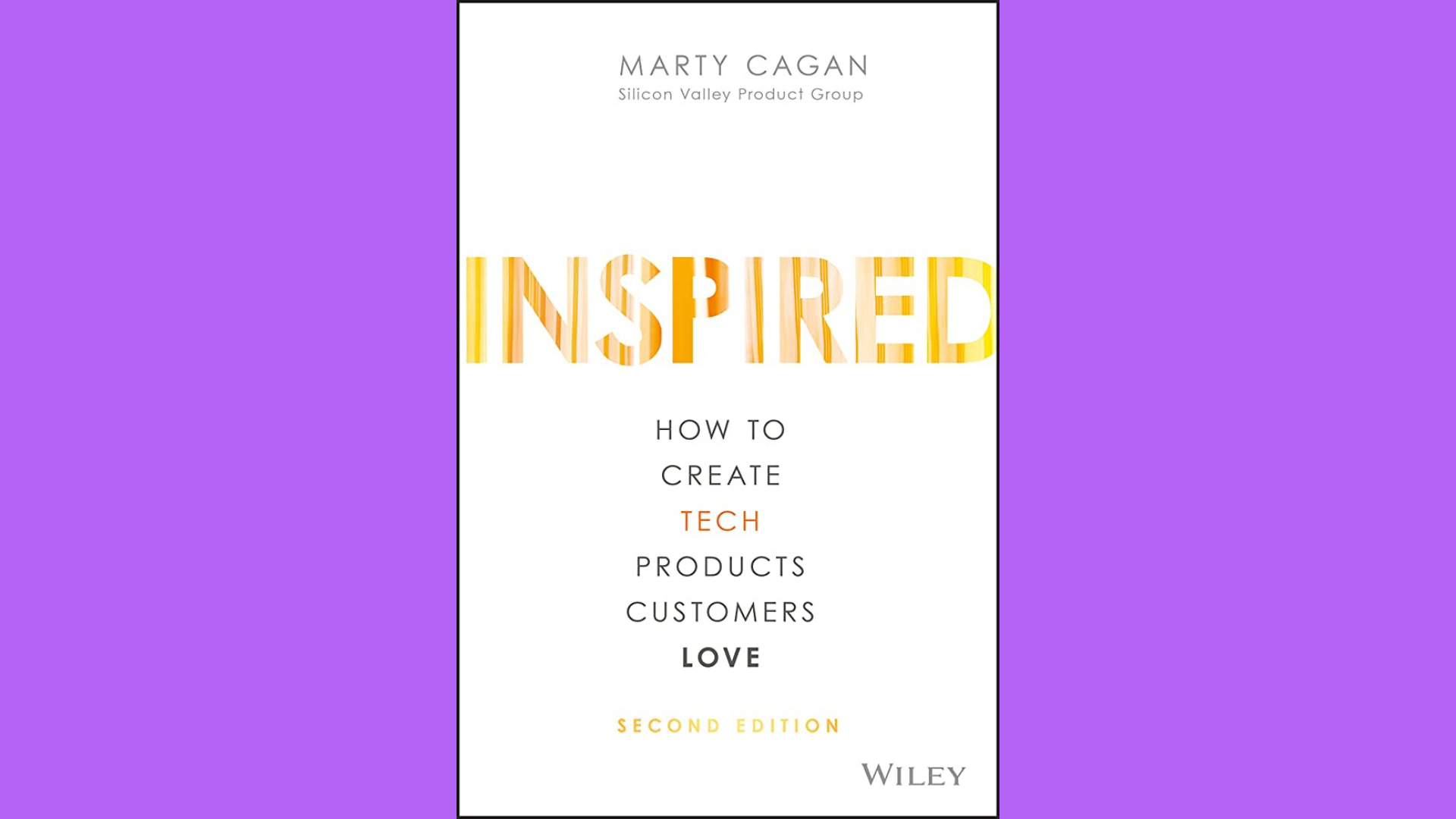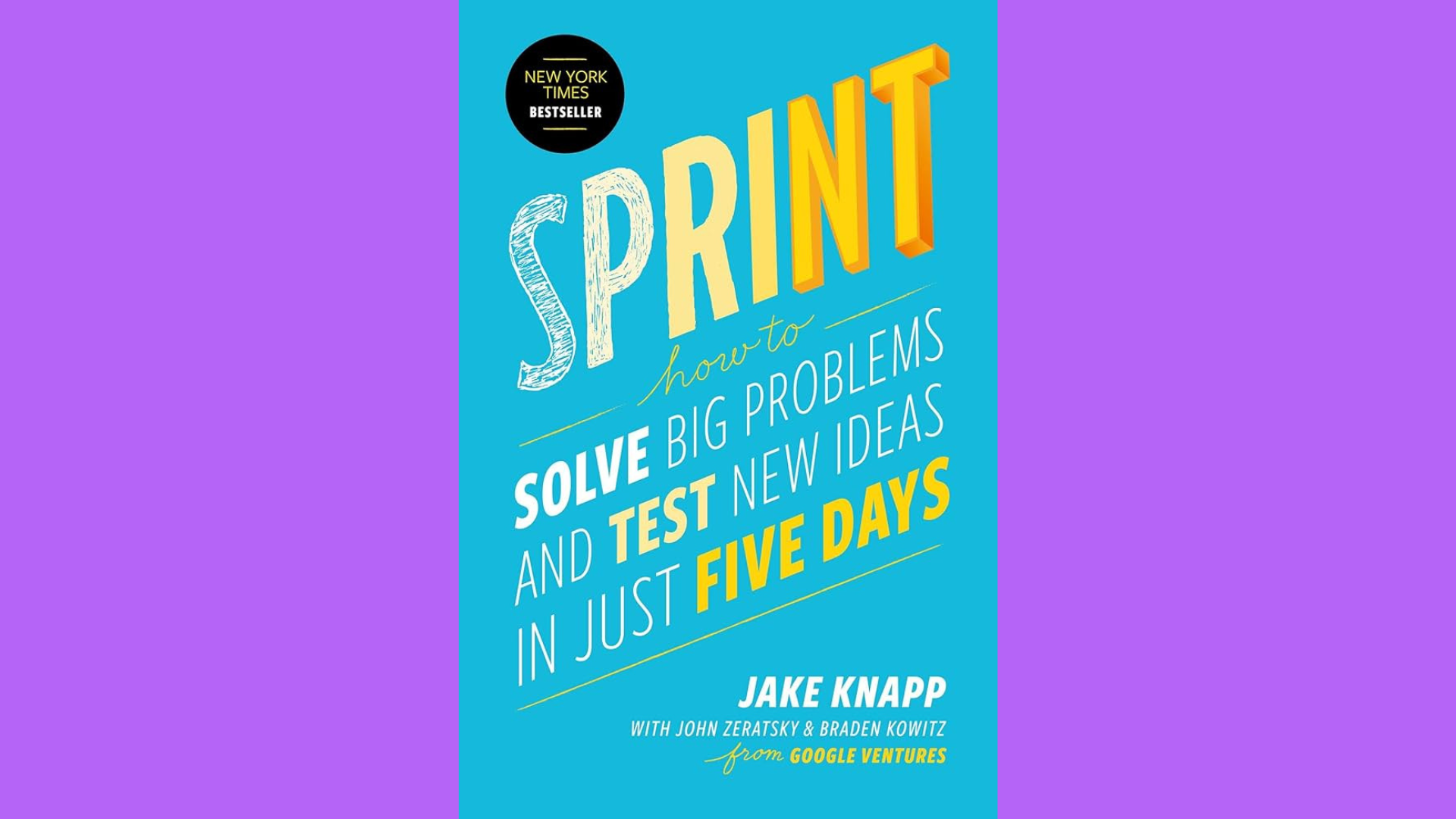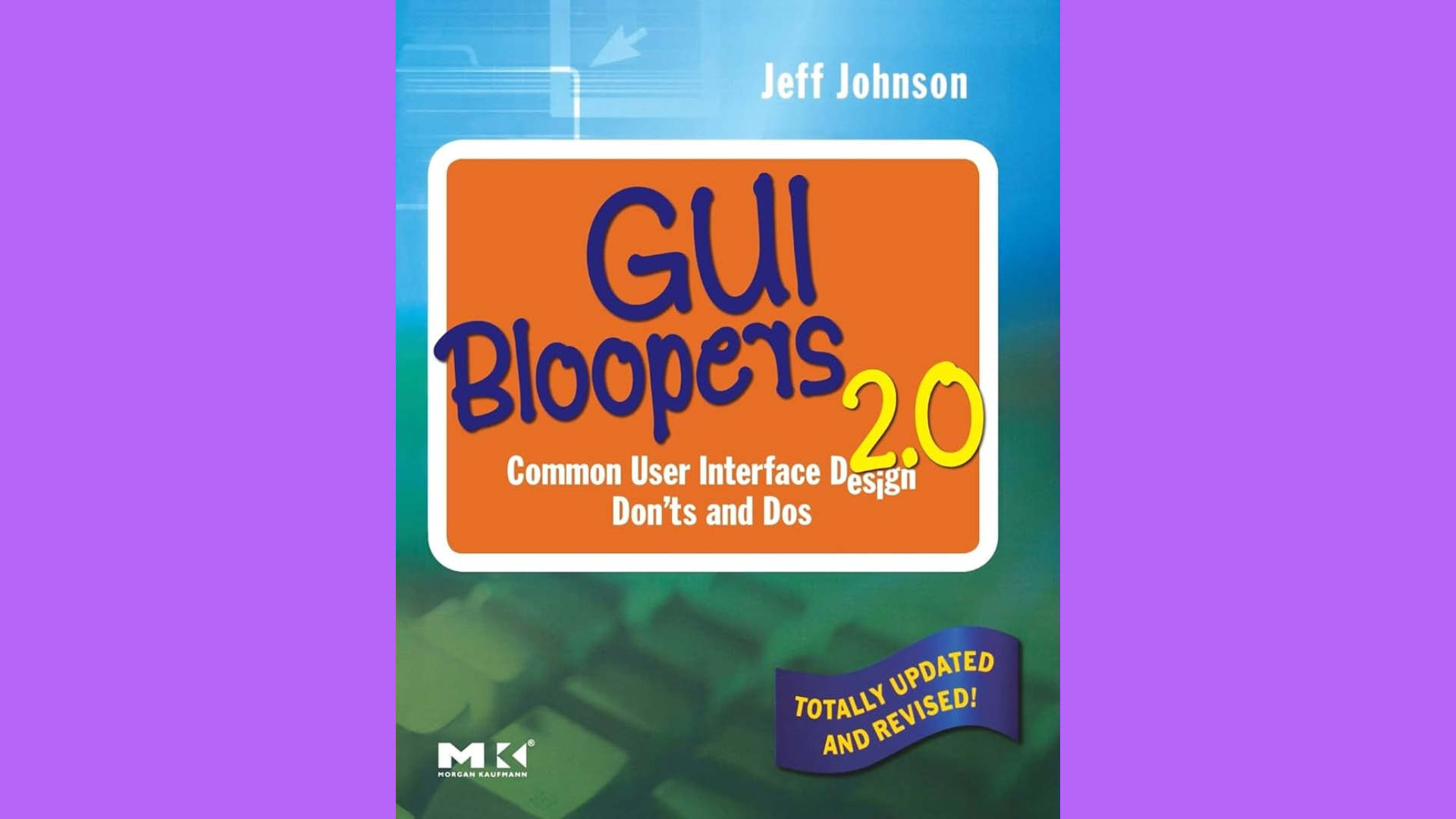My favorite product books
As of February 2024
As mentioned in my 24 for 2024 blog, reading has become a critical part of my life over the past decade. I believe that you get to experience more life perspectives through reading and that it’s actually easy to find time to read if you’re willing to do things like read in checkout lines, waiting rooms, etc. as Stephen King recommends.
As part of my annual goal of reading 24-36 books, I often make time for books relating to work, specifically around developing great products (and associated businesses). While I have the full list on my goodreads, I’m going to call out a couple that were hugely beneficial to my way of thinking.
The “awards” I gave out to check out are as follows:
“Waiting rooms were made for books –– of course! But so are theater lobbies before the show, long and boring checkout lines, and everyone’s favorite, the john.”
Most helpful on how to run Product
Most real truths about building products
Most likely to make you a better leader
Most insightful biography on a product innovator
Most practical for embarking on new ideas
Most likely to help you get a product job
Most helpful for product positioning
Most outdated but helpful for product design
Scroll on down to see the winners of each!
Most helpful on how to run Product
Inspired: How to Create Tech Products Customers Love
by Marty Cagan
Inspired is a crash course into Product Management that I recommend for anyone that is in the field. It gives a strong set of opinions, and synthesis of best practices, most of that are right. You don't have to accept all of the processes and thoughts that are presented, but it’s a strong toolbelt for those that are trying to learn about all of the key concepts that are critical to success.
Warning: This book will lead you to strongly take a look at your own company, culture, processes, and practices and regret having not done certain things a certain way for a long time. Best time to change is now!
Most real truths about building products
The Hard Thing About Hard Things: Building a Business When There Are No Easy Answers
by Ben Horowitz
Building companies is extremely raw and oftentimes painful. There are many that talk about founder depression and the fact that you need to be committed to staying with it for 10 years if you are really serious about starting a business.
In the book, Ben Horowitz details out various critical stages of growth, highlighting how many decisions become critical for success and how important it is to keep persevering through the hardest moments, often coming when things seem like everything should be fine at that point.
Warning: This book will lead you to strongly reconsider starting your own company
Most likely to make you a better leader
Dare to Lead: Brave Work. Tough Conversations. Whole Hearts.
By Brené Brown
Empathy. I grew up thinking I was a very empathetic person. And in my heart, I definitely do empathize and feel the pain of others. That said, after reading this book, seeing more talks on things like the difference between sympathy and empathy, I realized I was missing a key set of tools on how to express this in a way where the receiver feels heard.
Dare to Lead was a huge gut check, and led me to furiously read a lot more books on the subject which has changed my life in a strong series of ways. If you’re looking to understand how to lead a company culture of a place where people actually want to work at, read this book.
Warning: Your life might change for the better after reading this book and learning more about this area.
Almost everyone knows how successful Apple is and how a large part of that success was due to it’s founder and leader through multiple iterations, Steve Jobs. This incredibly written book by Issacson does a great sharing the human perspective as well as a lot of behind the scenes look at pivotal points in the company’s history that literally likely changed the course of history for all of us given the prevalence of the technologies he was involved with in our everyday lives.
This book is a must read for history, biography, or technology buffs alike.
Warning: You may walk away from this book daring to do great things.
Most practical for embarking on new ideas
Sprint: How to Solve Big Problems and Test New Ideas in Just Five Days
by Jake Knapp, John Zeratsky, and Braden Kowitz
Practically speaking, it can feel hard to actually take a step towards your dreams of building a new product. There is so much risk and commitment required to starting something new. How then can you actually de-risk the process and see if your idea is something people actually want?
Sprint goes over how to (in just one week) understand users, their pain points, ideate on solutions, prototype, and validate with customers or users for feedback. The book is very specific on the methodology, but even if you don’t follow it to a tee, just condensing these steps and generally following the method is something I’ve found helpful time and time again on new product areas.
Warning: If you’re not willing to take the time on these steps on a new idea, it’s probably not worth your time to pursue the idea at all.
Most likely to help get you a product job
Cracking the PM Interview: How to Land a Product Manager Job in Technology (Cracking the Interview & Career)
By Gayle Laakmann McDowell and Jackie Bavaro
Product management is a difficult function to break into if you’ve never done it before. There are pathways from engineering backgrounds, business backgrounds, and design backgrounds. Often times though, many years of experience are required to get the job you want at the company you want to work for.
The Cracking the PM Interview book is the best at outlining what these career paths look like, and how you can navigate into the product management world early in your career. The book also has great insights into what to expect as interview questions, processes, and how to think about how you’ll be received.
Warning: Reading this book may save you a lot of time in learning the ins and outs of interviewing.
Product management and product marketing are often at larger companies separated out into distinct functions. But as a product manager at a smaller company, and to be truly successful as a product manager even with a product marketing partner, you need to understand not just what it takes to get a product on the shelf, but also how to get it off the shelf.
Without an ownership mindset to getting product into the market from a Product Manager, the product may ultimately just fail to gain lift. Positioning is a great industry time tested book on how to think about marketing products which I think Product Managers should read even if only to gain a working understanding of the philosophies and thinking there.
Warning: You may feel like you have more ability to ultimately drive go-to-market success of your product after reading this book.
Most outdated yet helpful for product design
GUI Bloopers 2.0: Common User Interface Design Don'ts and DOS
By Jeff Johnson
This product design book was published in 2007 and some of the visuals in the book definitely feel from that age. Yet somehow, the basic principles of how to build user interfaces on products that are intuitive, responsive, and usable still stand.
You’ll need a hard copy of this book since there are a lot of visuals demonstrating the dos and don’ts of user interface design. From typography, to when to use multi-select vs single-select, validation states, error messages and many more. If you want to be dangerous in design critiques, this is a fun, quick read that covers a lot of ground and will up your game.
Warning: You might forever become frustrated with products y ou use with your new ability of noticing all the things that are wrong / could be better.







